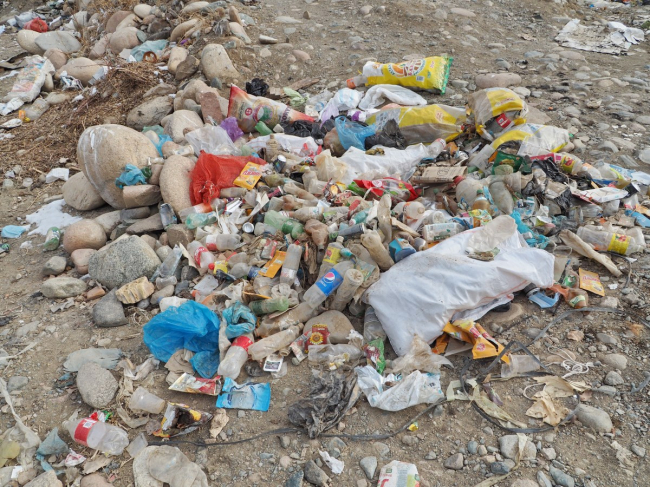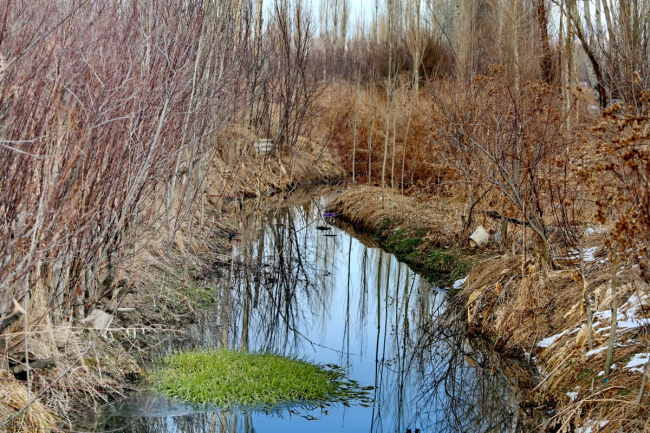Uranium Dumps of Kyzyl-Zhar – 12
41°16’8325″N 71°596774’8734″E In the village of Kyzyl-Djar-12 in the city of Tash-Kumyr, uranium was mined during the Soviet era. This led to a high degree of land degradation around the village, an increase in desertification processes, and deforestation. The lack of positive practices for combating land degradation and proper pasture management resulted in an annual increase in the strength of dust winds and storms during the summer, with exposure dose rates ranging from 20 to 210 µR/h from










